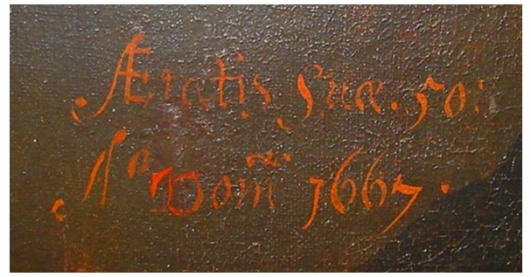This is an on-going Project and awaits populating by Baptist friends throughout the world. ‘This Day’ is a collaborative project run by the Centre for Baptist History and Heritage, offering a piece of Baptist-related history for each day of the year. The creator and manager of the project is Dr Larry J. Kreitzer.
The historical event might be a birth, a death, a date of publication of an important book, a significant happening within the Baptist community, or a controversy.
The Centre has already entered a selection of dates into the project, and now invites users worldwide to contribute to it.
Please send the following to the project manager (larry.kreitzer@regents.ox.ac.uk):
- Date
- Heading: containing summary of event
- Short piece of text explaining the event (about 200 words)
- If possible, 1 or 2 pictures illustrating the event (otherwise we will find images)
An example for 4 April may be seen above.
Duplication for a date does not matter, especially if the dates apply to different parts of the world.
Contributors are asked to keep the presentation fairly popular so that non-specialists will be able to benefit from the project. They will be credited by name with their pieces.
Contributors are entirely responsible for getting copyright permission, where necessary, for publication of visual images on the web.
Users of ‘On This Day’ are not permitted to reproduce visual images in any media.
If a Baptist person is chosen for commemoration, please indicate whether you would like this person included in an experimental ‘Calendar of Baptist Saints’.
![]() If you would like to contribute, send your entry to larry.kreitzer@regents.ox.ac.uk
If you would like to contribute, send your entry to larry.kreitzer@regents.ox.ac.uk




